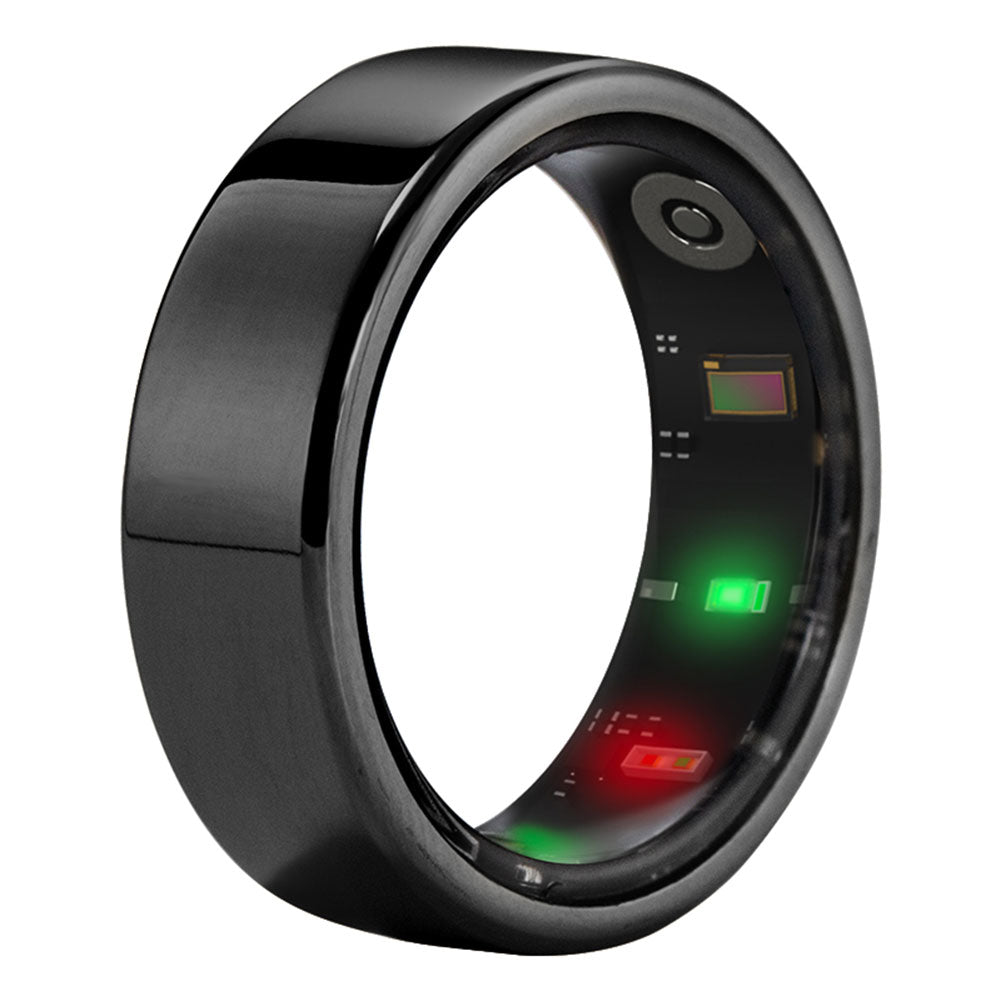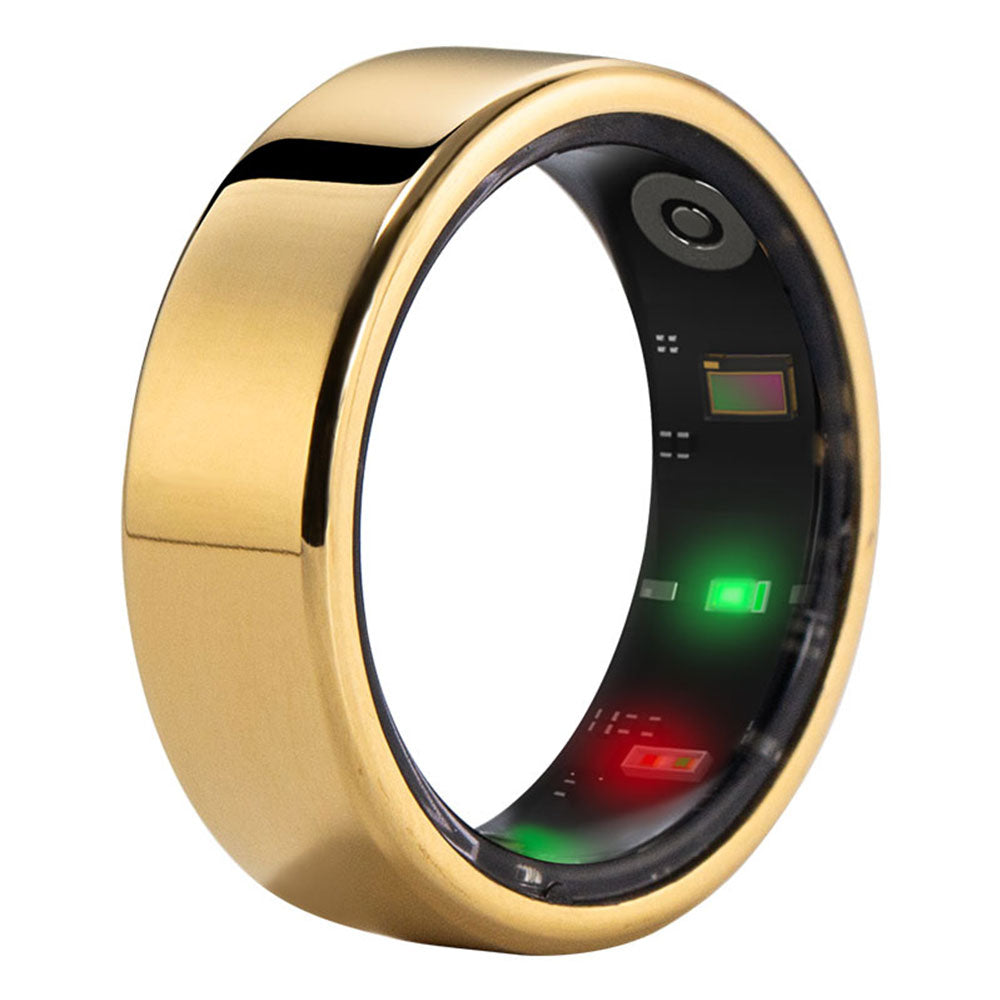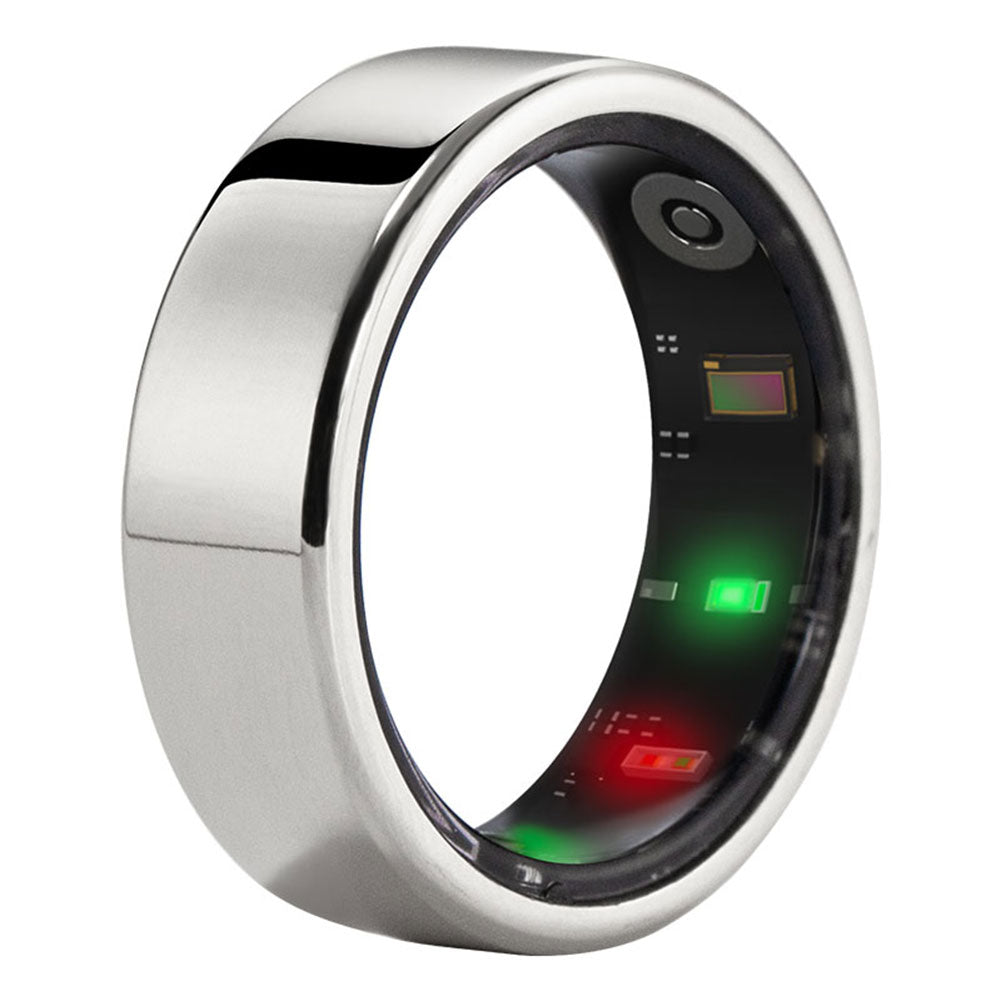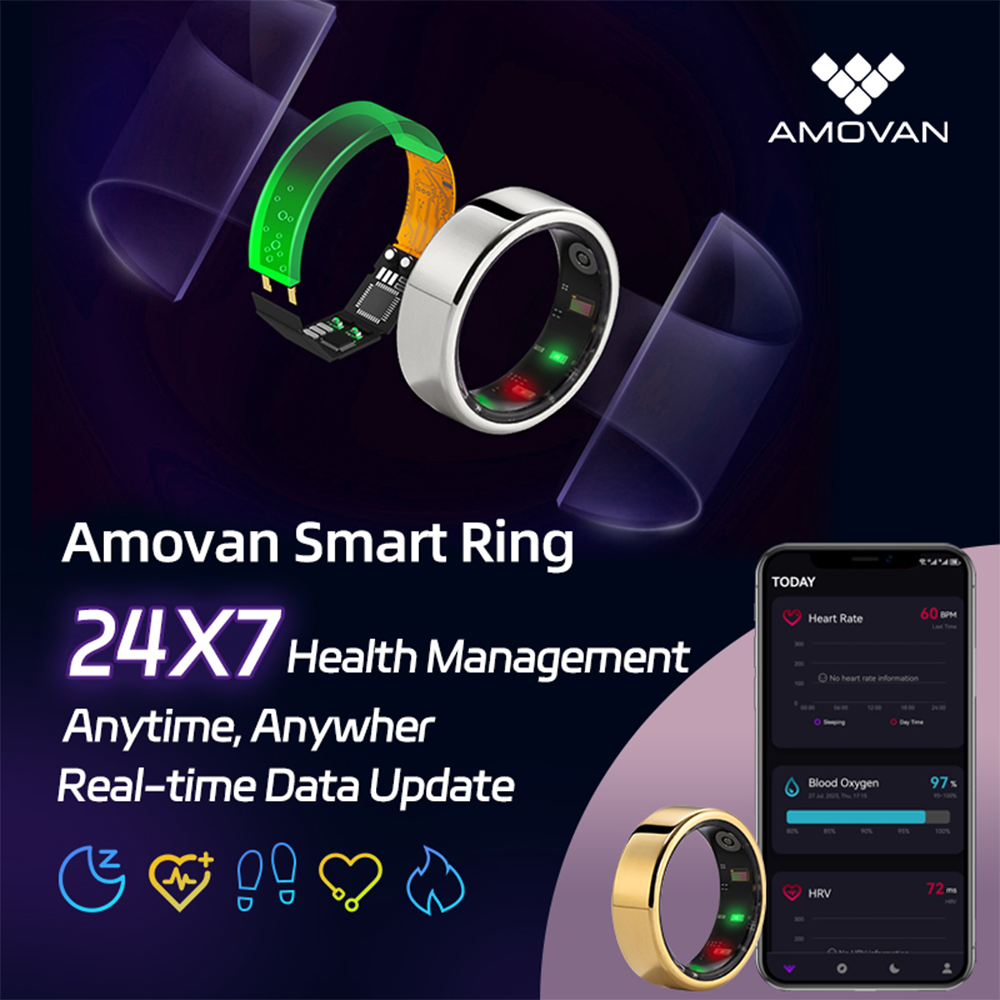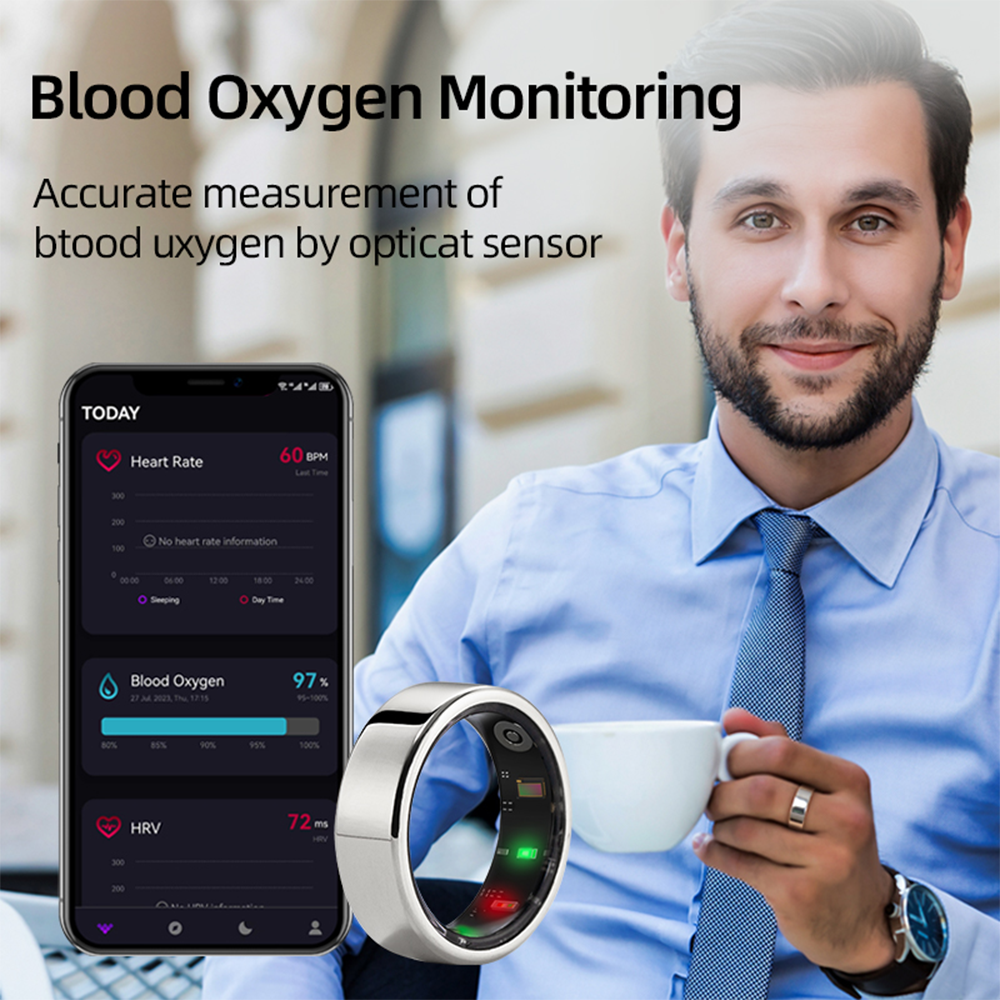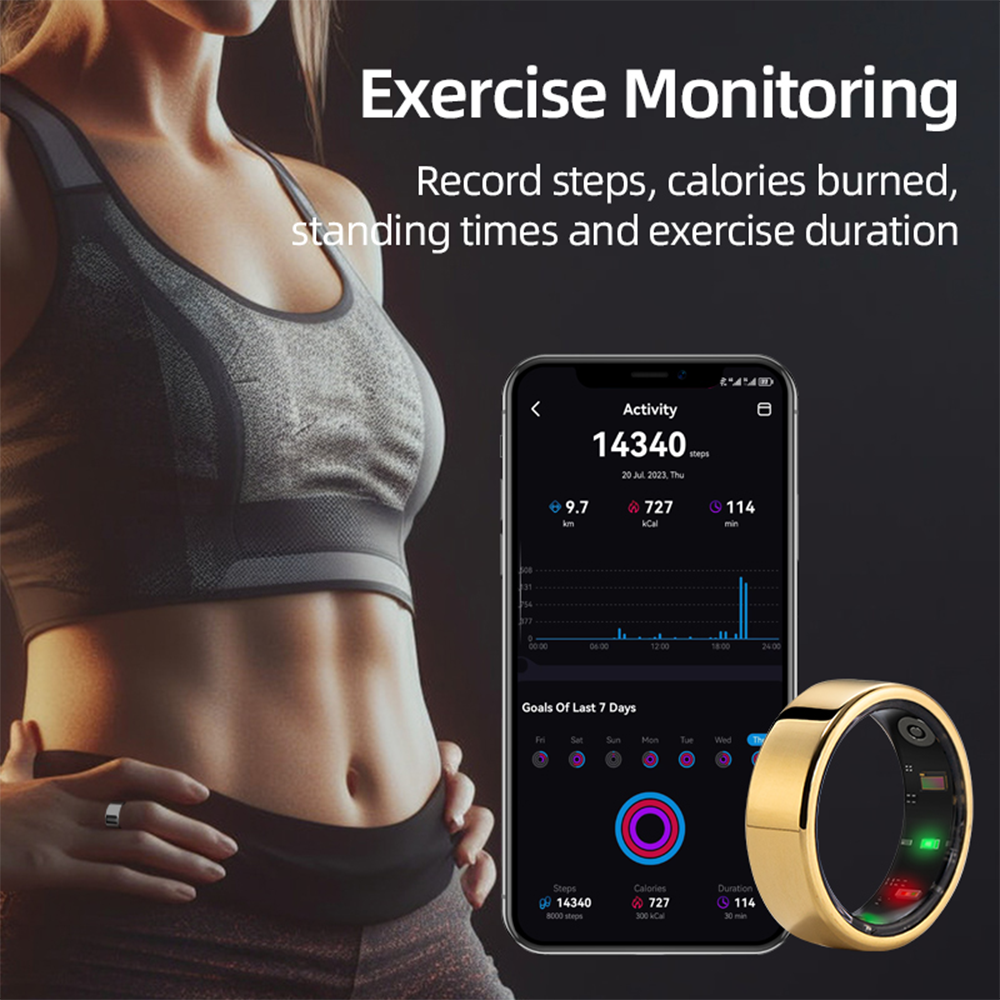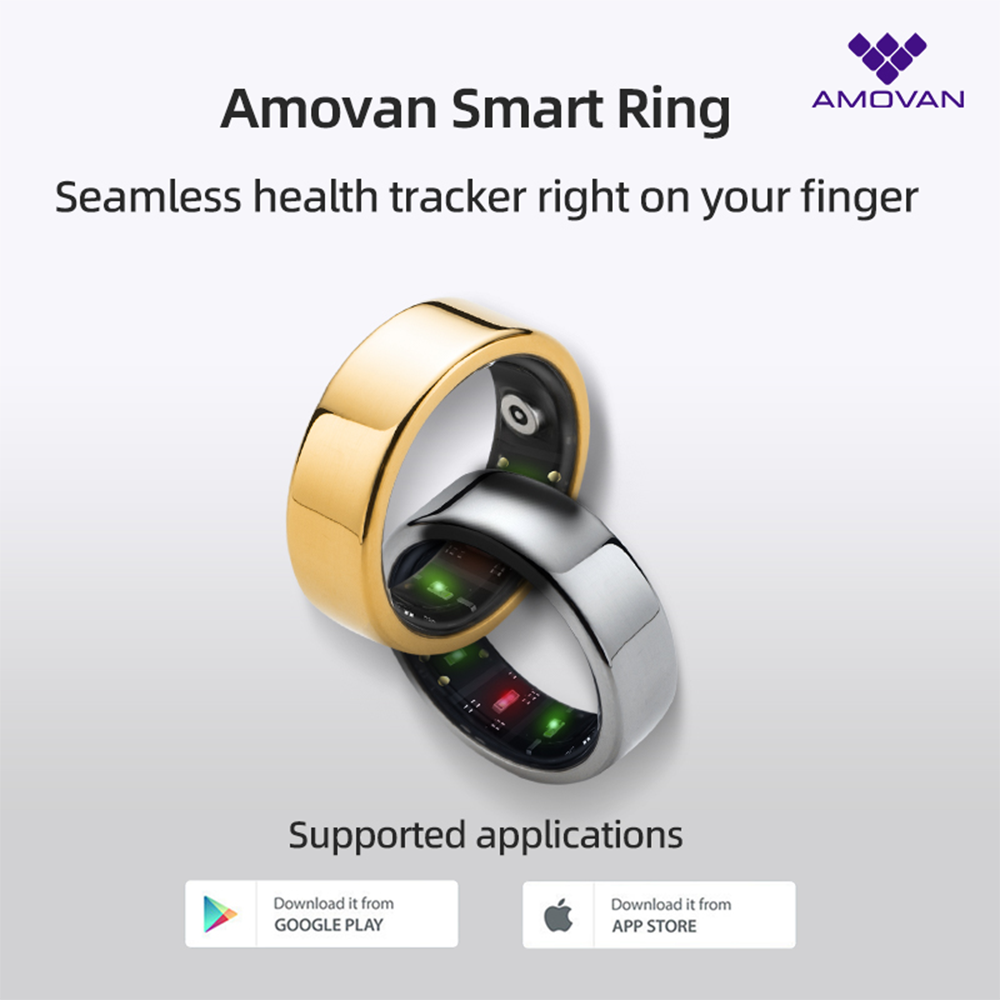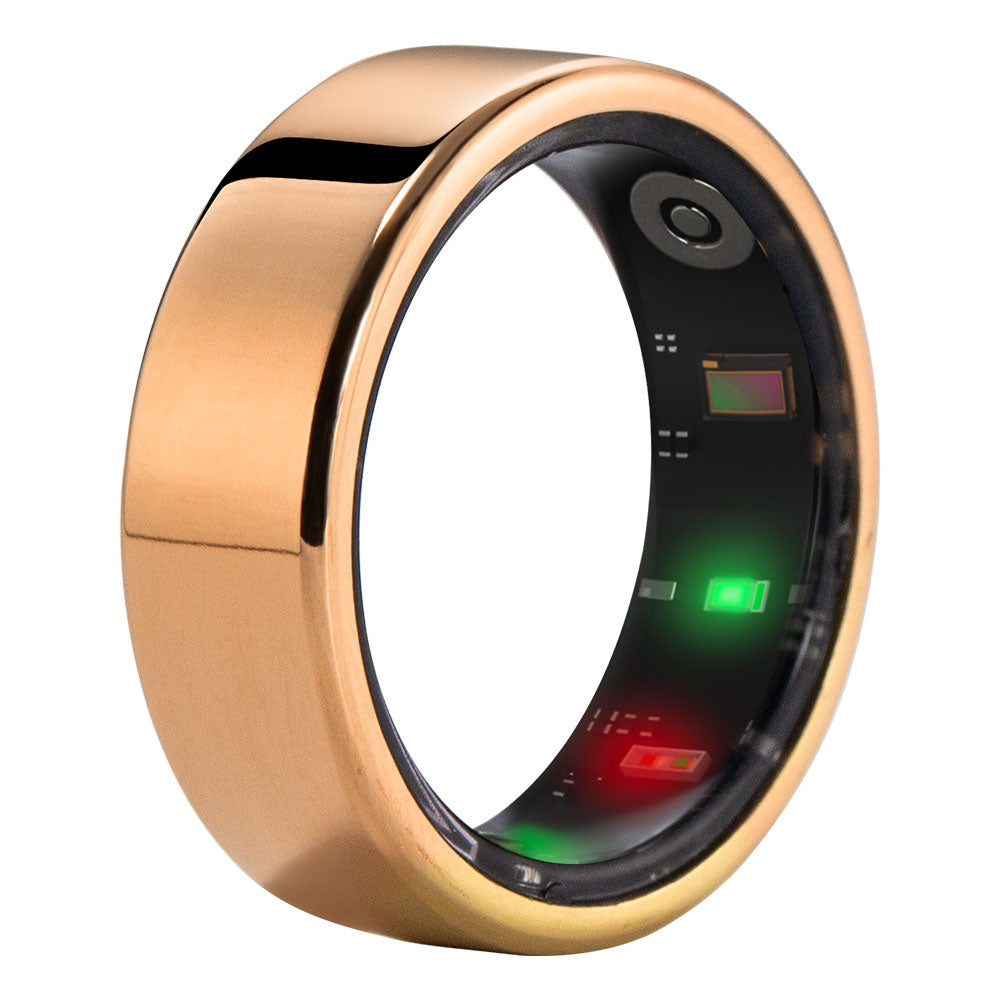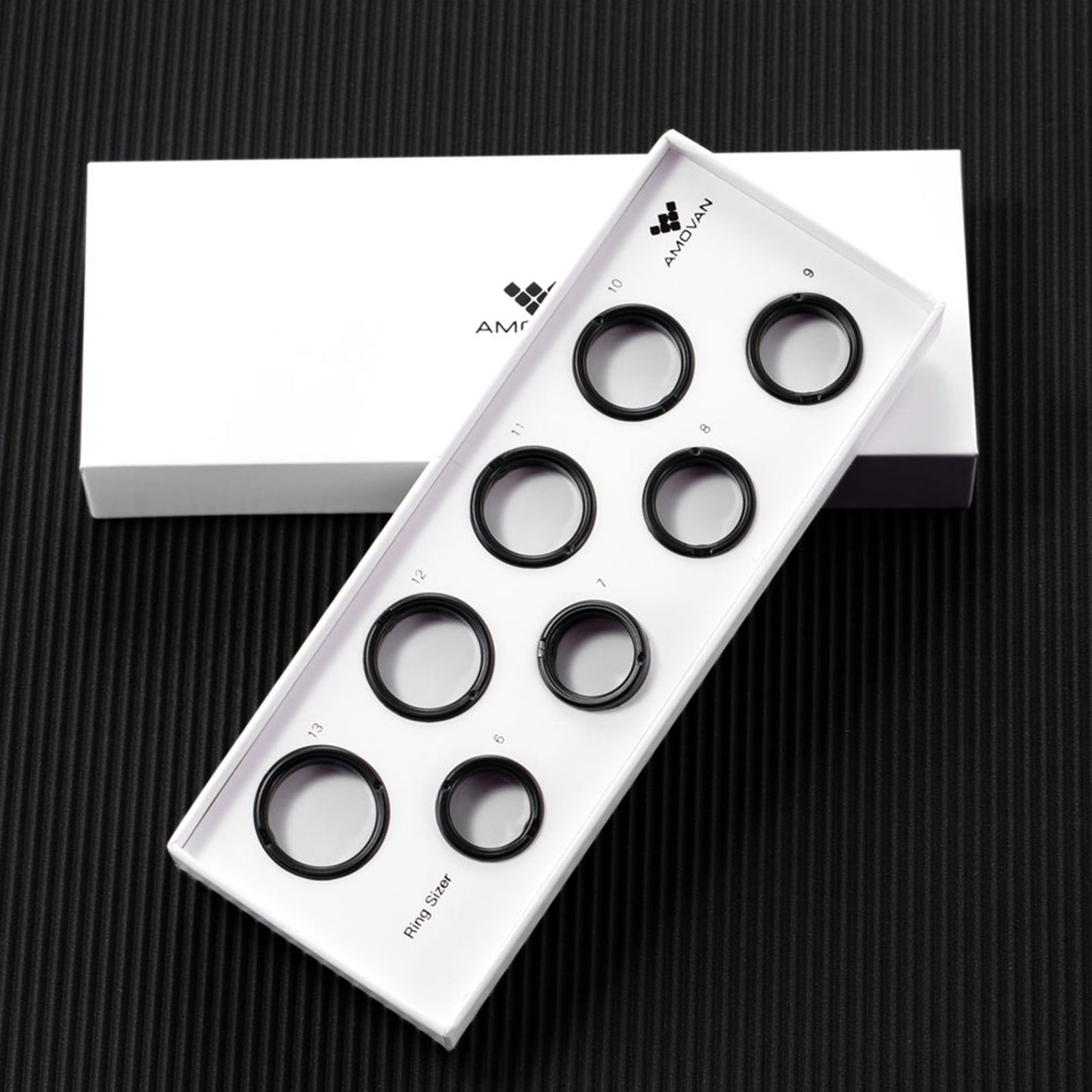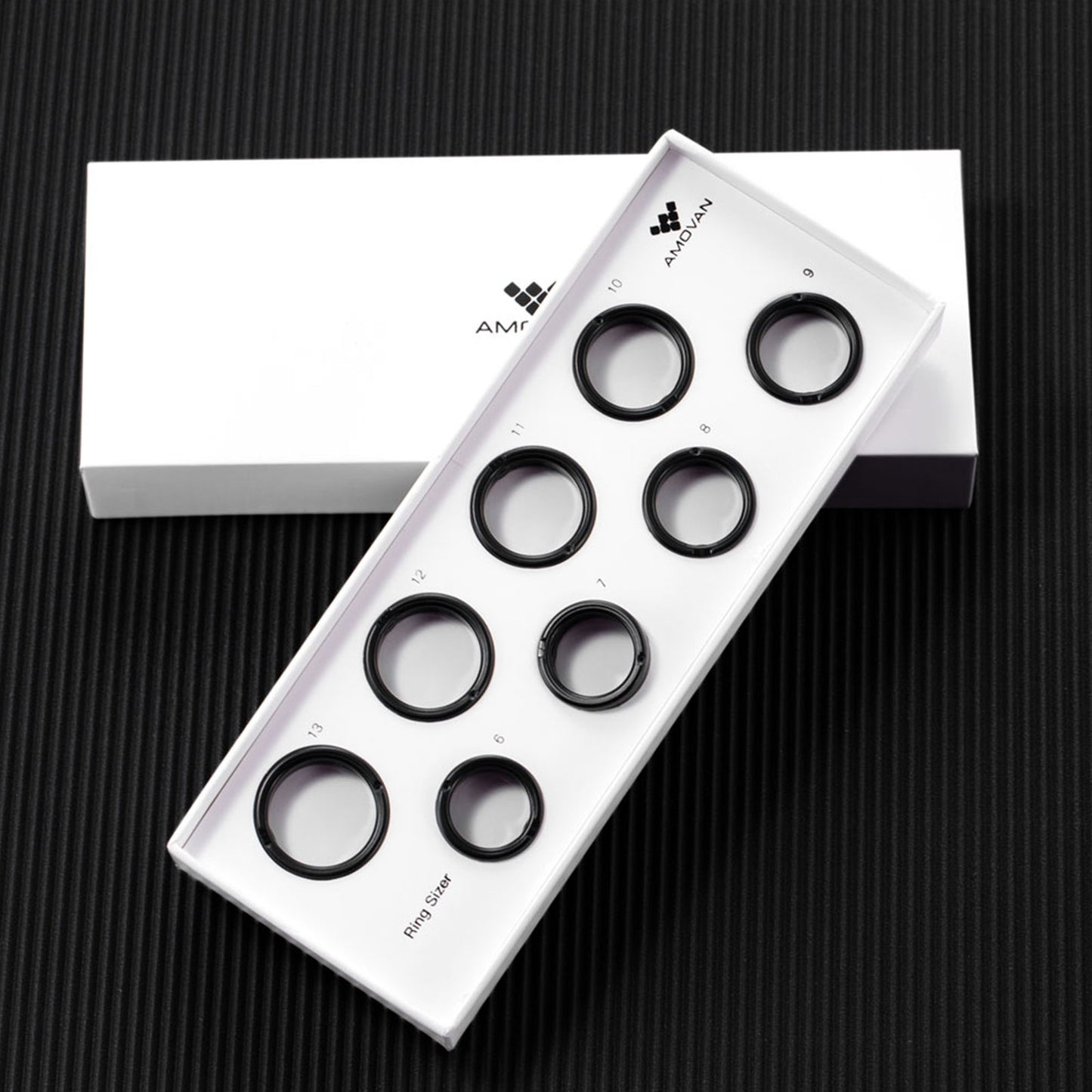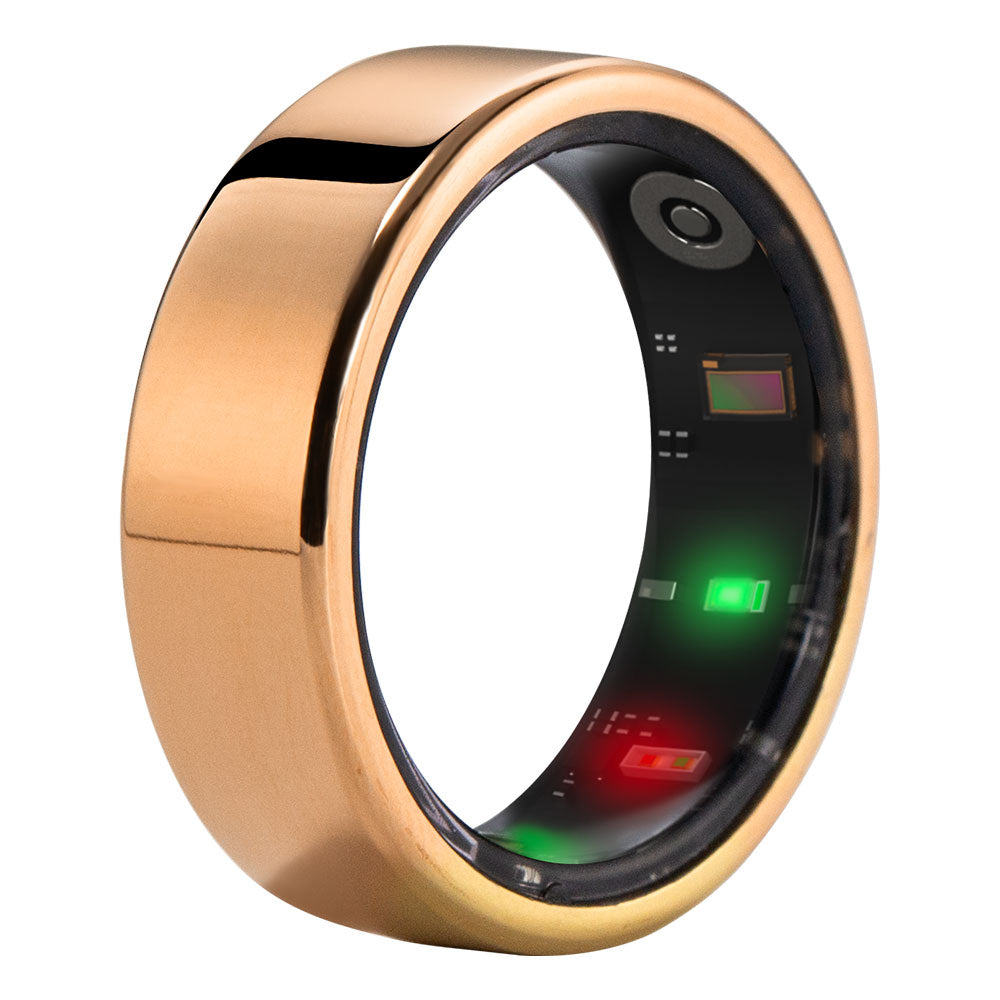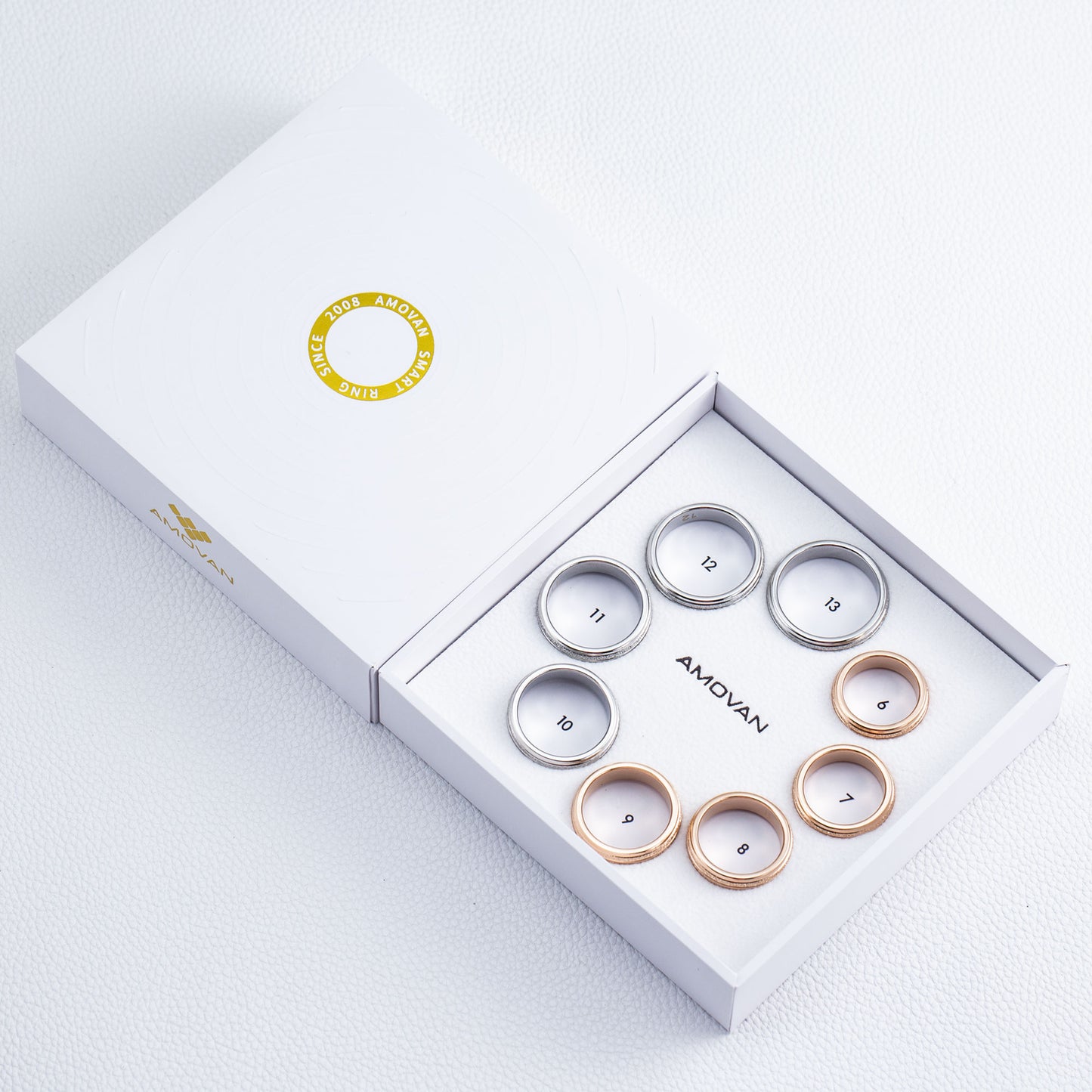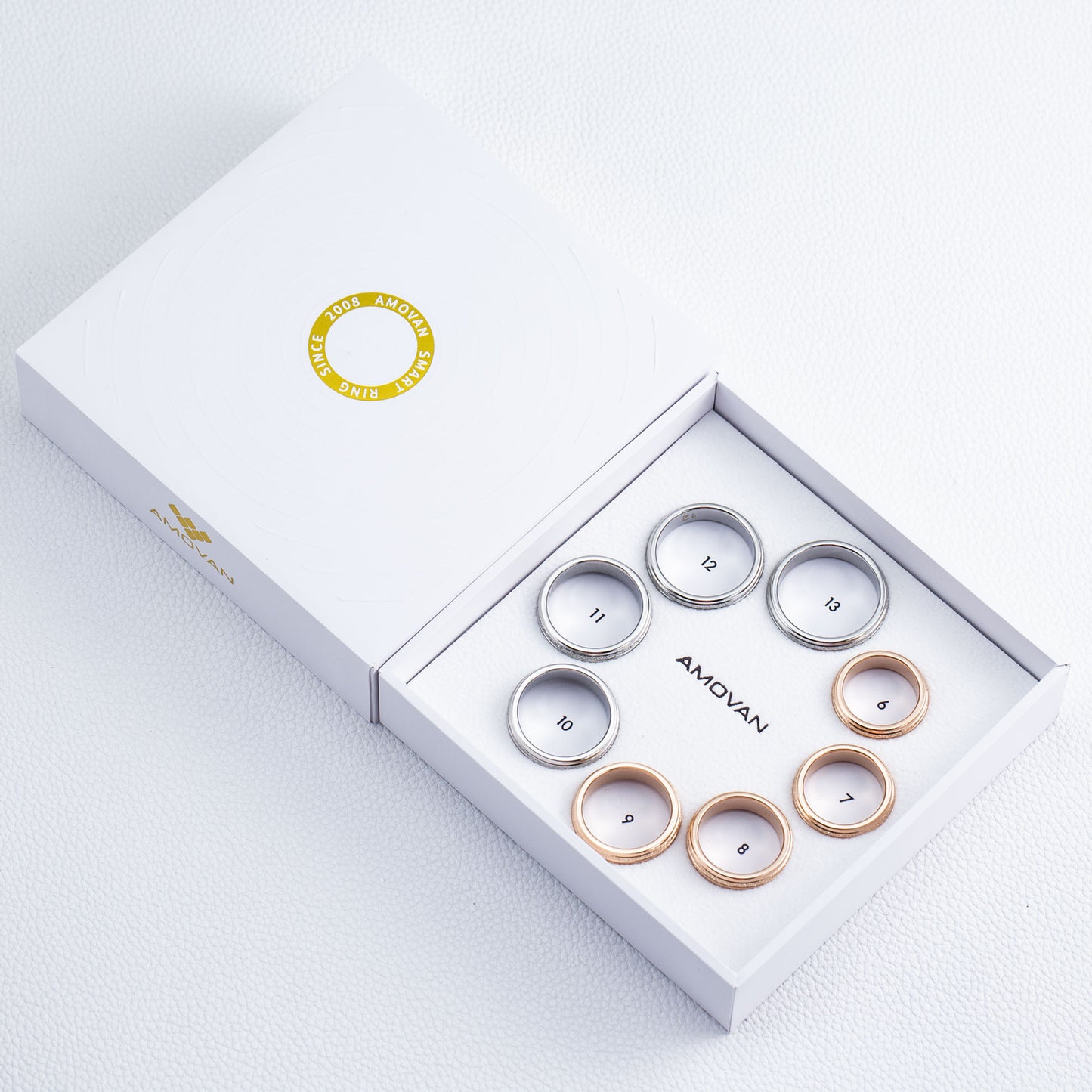Introduction:
With the rapid advancement of technology, smart devices have become an indispensable part of our daily lives. From smartphones to smartwatches and now smart bracelets, these devices not only make our lives more convenient but also promote health and efficiency. And now, a new type of smart device is quietly emerging as the next big thing - the smart ring.
Current Status and Development Trends:
Technological Advancements:
The technology behind smart rings has made significant progress. Many companies and research institutions are actively investing resources and research efforts to drive the development of smart ring technology. Currently, smart rings can already perform various functions such as health monitoring, payments, and identity verification.
Development Direction:
Smaller Size: Future smart rings will be more compact and lightweight to cater to a wider range of users and different needs while maintaining powerful functionality.
Longer Battery Life: Improving battery life is an important direction for the development of smart rings. Future smart rings are expected to extend usage time through hardware and software optimization.
More Sensors: To enable more functions, smart rings will integrate additional sensors such as biometric sensors and environmental sensors.
Smart Ring vs. Smart Watch:
Size and Portability:
Smart Ring: Smart rings are typically smaller in size and can be easily worn on a finger. Their compact design makes them lightweight and convenient for users to wear anytime, anywhere.
Smart Watch: In comparison, smartwatches are larger in size and usually worn on the wrist. Although smartwatches are relatively lightweight, their size and weight may cause discomfort for some users during extended wear.
Focus on Functions:
Smart Ring: Smart rings typically focus on specific functions such as payments, identity verification, or health monitoring. This specialization makes them more practical and efficient in certain scenarios.
Smart Watch: Smartwatches usually offer a wider range of functions, including health monitoring, activity tracking, and notification reminders. While this makes smartwatches more comprehensive, it may result in a less optimized user experience in certain functions compared to smart rings.
Wearing Style and Use Cases:
Smart Ring: Smart rings are worn on the finger, making them more convenient in certain scenarios. For example, when making payments or verifying identity, users only need to bring their finger close to the relevant device to complete the operation. Additionally, due to the small size of smart rings, they can also be worn as fashionable accessories.
Smart Watch: Smartwatches are typically worn on the wrist, which may be more convenient in certain situations such as checking notifications or tracking fitness data. However, when performing operations like payments or identity verification, users may need to bring their wrist close to the relevant device, which may not be as convenient as a smart ring.
Battery Life and Capacity:
Smart Ring: Due to their small size, smart rings typically have limited battery capacity. This may result in relatively shorter battery life and the need for frequent charging. However, with technological advancements, future smart rings are expected to extend usage time through hardware and software optimization.
Smart Watch: Smartwatches have larger battery capacity, allowing for longer battery life. This enables users to use various functions of the smartwatch without frequent charging.
Materials, Colors, and Design:
Materials:
Smart rings are typically made from materials such as metal, plastic, or ceramic. These materials not only affect the appearance and texture of the ring but also impact its functionality and durability. For example, metal rings offer high strength and durability, while plastic and ceramic rings are lighter and more comfortable. Designers need to balance material choices to meet the diverse needs of users.
Colors and Design:
Colors and design play a significant role in smart rings. Different colors and designs can reflect various personalities and styles. Some prefer a minimalist design, while others may prefer a more elaborate appearance. Additionally, colors can be used to express different moods and states. Therefore, designers need to innovate in terms of colors and designs to cater to the preferences and needs of different users.
Functions and Use Cases:
Health Monitoring:
Smart rings can monitor users' health conditions, such as heart rate and blood oxygen saturation. This data helps users better understand their health status and take timely actions. In the future, smart rings are expected to integrate more sensors and functions to achieve comprehensive health monitoring.
Payments and Identity Verification:
By integrating NFC (Near Field Communication) technology, smart rings can enable payment and identity verification functions. Users only need to bring the ring close to a payment terminal or verification device to complete the transaction or verification process. This payment method is not only convenient but also secure. As technology continues to advance, the payment and identity verification functions of smart rings are expected to be more widely adopted.
Notification Reminders and Smart Home Control:
Smart rings can also provide notification reminders and control smart home devices. For example, when users receive important notifications or calls, the ring can vibrate or use LED lights to alert them. Additionally, by connecting and coordinating with other smart home devices, users can control lights, air conditioning, and other devices through the ring. This intelligent lifestyle enhances efficiency, quality of life, and provides convenience and comfort.
In summary:
Smart rings, as an innovative form of wearable technology, have vast development prospects and market potential. With ongoing technological advancements and improvements, future smart rings will become more intelligent, personalized, and fashionable, becoming an essential part of people's lives.









